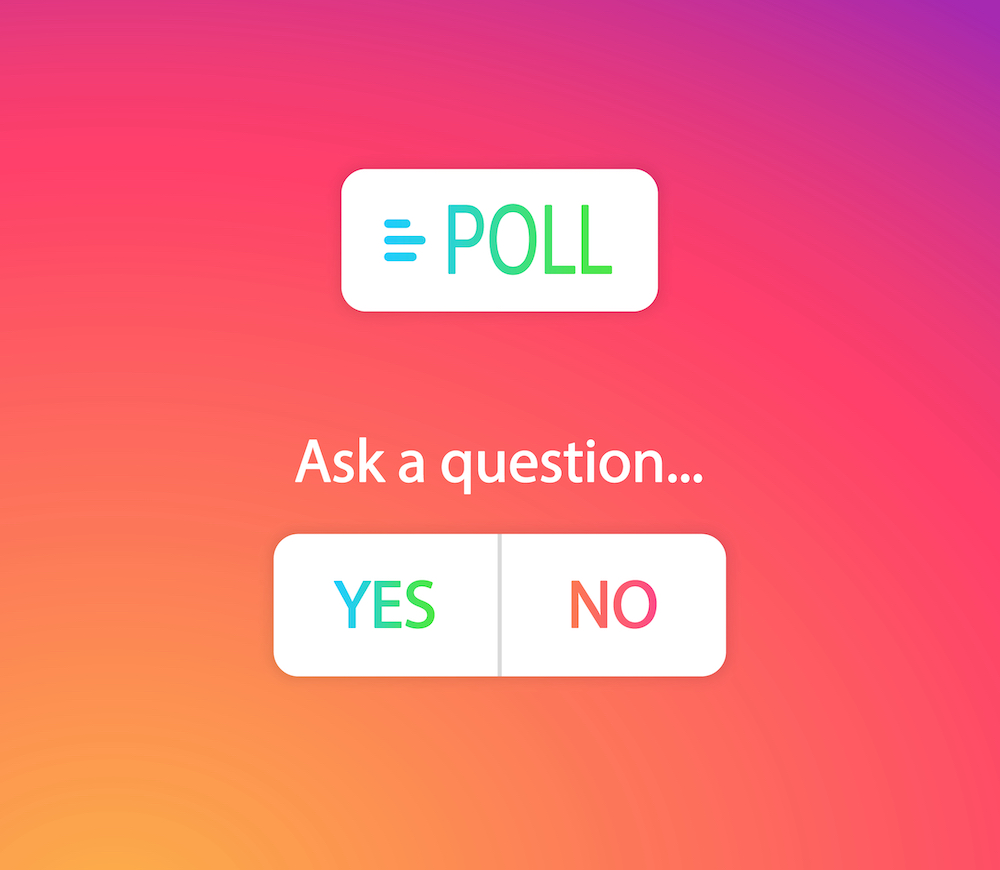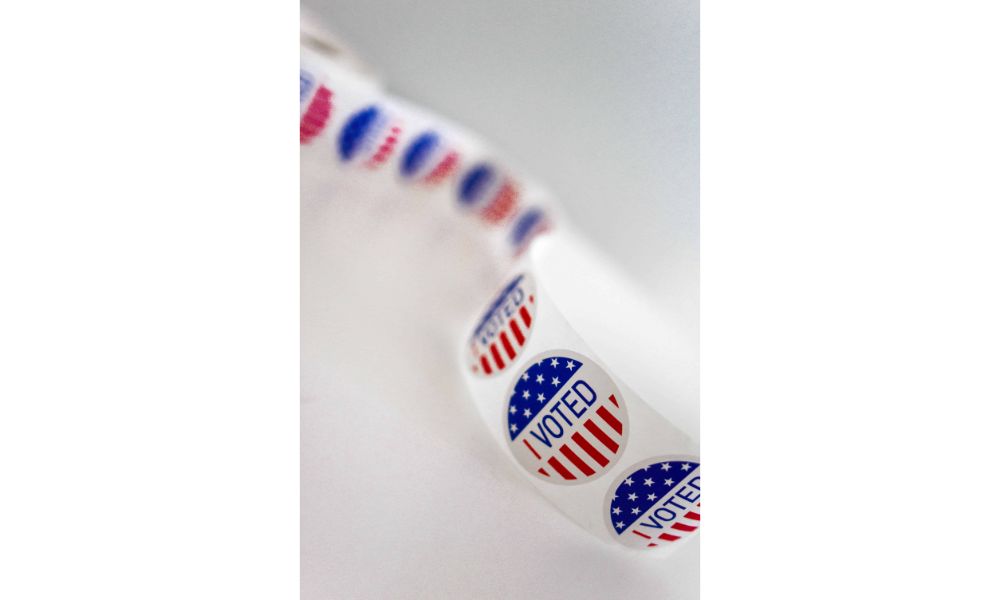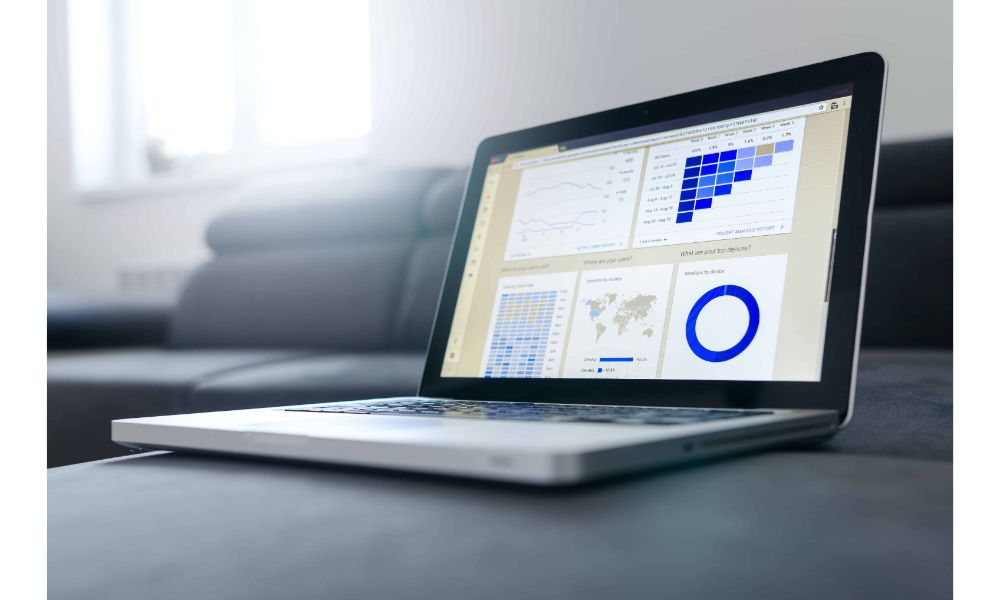
Polls are used in many different ways to collect data and information.
I’ve used them for years on websites. I’ve published some great data-rich articles based on the poll data I’ve collected. It’s so simple to do… the articles pretty much write themselves while providing outstanding content for readers. It really doesn’t get better than basing informational content on primary source data.
Most of the polls I run on my sites are simple. What you might not know is that there are quite a few different types of polls. I list them out below.
Related: Types of surveys
What Are Polls?
Polls have been around for a long time, and it is hard to imagine a world without them. They have been used to survey the general population on various topics, and there are many different types of polls.
This information can help businesses make decisions as they design new things for customers – such as deciding whether or not they should produce more items with colors other than black if enough people say they like this color option best.
Polls aren’t just limited to live humans either; robots now conduct automated online polling by asking visitors simple questions for the website.
The Different Types Of Polls
Opinion polls
Pollsters use opinion polls to gauge public sentiment about issues such as politics or economics. In addition, organizations, businesses, and institutions will often ask the public for their opinion on a particular matter.
Pros
- Opinion polls can gauge the public sentiment on an issue and provide a snapshot of how people feel about it.
- Opinion polls typically cost less than marketing research surveys.
Cons
- Opinion polls may not represent the population they are sampling since people who respond to such questions might not represent a cross-section of society.
- Sometimes, there is bias in who participates in opinion polls because they are usually done by phone or online rather than more personal methods like face-to-face contact.
Marketing Research Surveys
Like polling, marketing research surveys use similar methods but focus solely on products or services rather than broader topics such as politics that you may cover in an opinion poll.
Those who regularly take these types of polls are typically members of loyalty programs and will agree to answer questions about specific brands they purchase from time to time in exchange for perks like coupons or discounts.
Pros
- These surveys are often short, and you can take them in a matter of minutes.
- In some cases, you can feed the data gathered from these surveys back into products or marketing campaigns to improve sales.
Cons
- These polls tend to only focus on one or two specific brands, so those who don’t regularly purchase products from these companies won’t have much incentive to participate.
- These surveys often require a more particular set of information than other types of polls.
Personality Tests
Psychologists often administer these polls to gather information about a person’s personality type and unique set of characteristics.
Personality tests are popular with people who work in fields like psychology or education. These tests may ask questions such as “I would prefer not to go out if I’m feeling sick,” which is just one example of how they might get an idea of how introverted or extroverted someone may be based on their answers alone.
Pros
- A person who takes this type of poll can pinpoint specific personality traits that might be affecting their work or schooling, which can help them improve.
- These polls are completely anonymous so that a person can get answers without fear of repercussions.
Cons
- There may be some questions that they might not want to answer, as it could reveal too much about themselves and their personality.
- These polls are typically only available via in-person interviews, and it may not always be appropriate for everyone to take one.
Exit Polling

Exit polls are used to get opinions from voters as they leave the polling location.
They also provide a way for pollsters to adjust their predictions throughout the day to change conditions by examining how people voted at different times or on what days they vote and adjust accordingly.
This type of polling is less relevant today, with many countries switching over to voting by secret ballot- a system where you place your vote into a box with no indication whose name it’s being cast for – which means there is no need for exit polling.
Pros
- These polls are done on-site, so the results come quickly.
- The results are usually accurate.
Cons
- Exit polling is not always accurate due to many factors, such as who chooses to participate and how they choose to answer questions in this type of poll.
- Exit polls are not tied in with the actual election, and therefore can’t be used to predict future elections or measure how well candidates did on their campaigns.
Live Tracking Polling
This type of polling is done in real-time and polls voters as they are leaving the voting booth. They can also use these polls to monitor other things like political speeches, sports games, or TV shows.
This information is often helpful for news media outlets who want live feedback on stories that they’re covering to know what angles to take with their coverage.
Live tracking polling has been shown to have a high degree of accuracy when predicting election results accurately.
But there are still some issues with how representative these samples might be because not everyone chooses to participate due to privacy concerns about sharing personal opinions. In contrast, others don’t care enough.
Pros
- It’s a fast and cost-effective way to get real-time feedback from the public.
- You can use it to monitor live events.
Cons
- It’s not clear if participants in the poll are voting on issues or candidates.
- The people who provide their opinions may not represent all voters because they might have chosen to participate for different reasons.
Benchmarking Polls

Benchmarking polls are used to measure the performance of a company about its competitors. For example, it will ask questions such as “which company is more expensive” or “which company has better customer service.”
Pros
- Benchmarking polls can give insights into what customers like and dislike about your company. It also provides an easy way to see how you stack up against competitors.
- It’s not expensive to conduct benchmarking polls.
Cons
- If you ask the wrong questions, it may not provide much insight into what customers like and dislike about your company or how you compare against competitors.
- Benchmarking polls have a significant risk of leading towards a false sense of security. This is because it doesn’t measure long-term performance, which is crucial for success in the industry. Hence, if there’s nothing that compares its benchmark, it may not be as valuable information.
Market Research Polls
Market research polls can help companies figure out how they need to adjust themselves to meet customer desires more efficiently.
They are usually conducted by asking people what they like about a product or service, what factors might make them want it more, and how often they use it.
The goal is to find which aspects of the company should be improved so that customers will have fewer complaints and increase their frequency in using the service- all while maintaining competitiveness with other companies in the industry.
Pros
- Market research polls can be conducted at various levels of detail, gathering a wide breadth of information that points to what is most important.
- The respondents are those who have interacted with the company and know about its products or services.
Cons
- The respondents don’t choose what they would like to be asked about- this can lead them in specific directions that may not improve their opinion of the product or service as much as it could if given more freedom.
- This type of polling relies heavily on how well questions are worded and whether there were any complications during the interview process that tainted responses.

Predictive Polls
These polls try to predict what might happen in the future by asking people about their opinions on an event and then extrapolating those results over time.
For example, if there’s going to be an election between candidates A and B, a predictive poll would ask who you’re most likely voting for now and which one you think will win at the end of it all.
Pros:
- They can give you an idea of the outcome before it happens.
- Predictive polls can predict what might happen in the future with many accuracies, and they collect data from lots of people.
Cons:
- Predictive polling doesn’t always work because there are so many variables that could change someone’s opinion drastically before election day or other events this poll is trying to predict.”
- Polls are usually only accurate within a specific time frame, so it’s hard to measure what might happen in the long term with this type of poll.
Brushfire Polls
Brushfire polls are also great for generating content for marketing campaigns. A company can look at the results of a recent poll and determine what type of content to produce to reach more people interested in their product or service.
For example, the company may decide to post testimonials from satisfied customers.
Pros:
- You can use brushfire polls to create as much content as desired because they allow for an infinite number of responses.
- Creating a survey is easy and can be done with minimal effort.
Cons:
- The results of Brushfire polls are only as good as the questions asked in the poll, which may not provide enough information to make informed decisions about marketing campaigns.
- There can be manipulation of poll results in a way that the company does not intend.

Creating polls for your website
While not all polls are used on websites, many are and chances are, if you’re here, that’s what you’re interested in.
How do you place polls on a website?
It’s easier than you think. There are plenty of free and paid software tools you can use to do it.
Read the list of poll and survey software options here.

Jon Dykstra is a six figure niche site creator with 10+ years of experience. His willingness to openly share his wins and losses in the email newsletter he publishes has made him a go-to source of guidance and motivation for many. His popular “Niche site profits” course has helped thousands follow his footsteps in creating simple niche sites that earn big.





